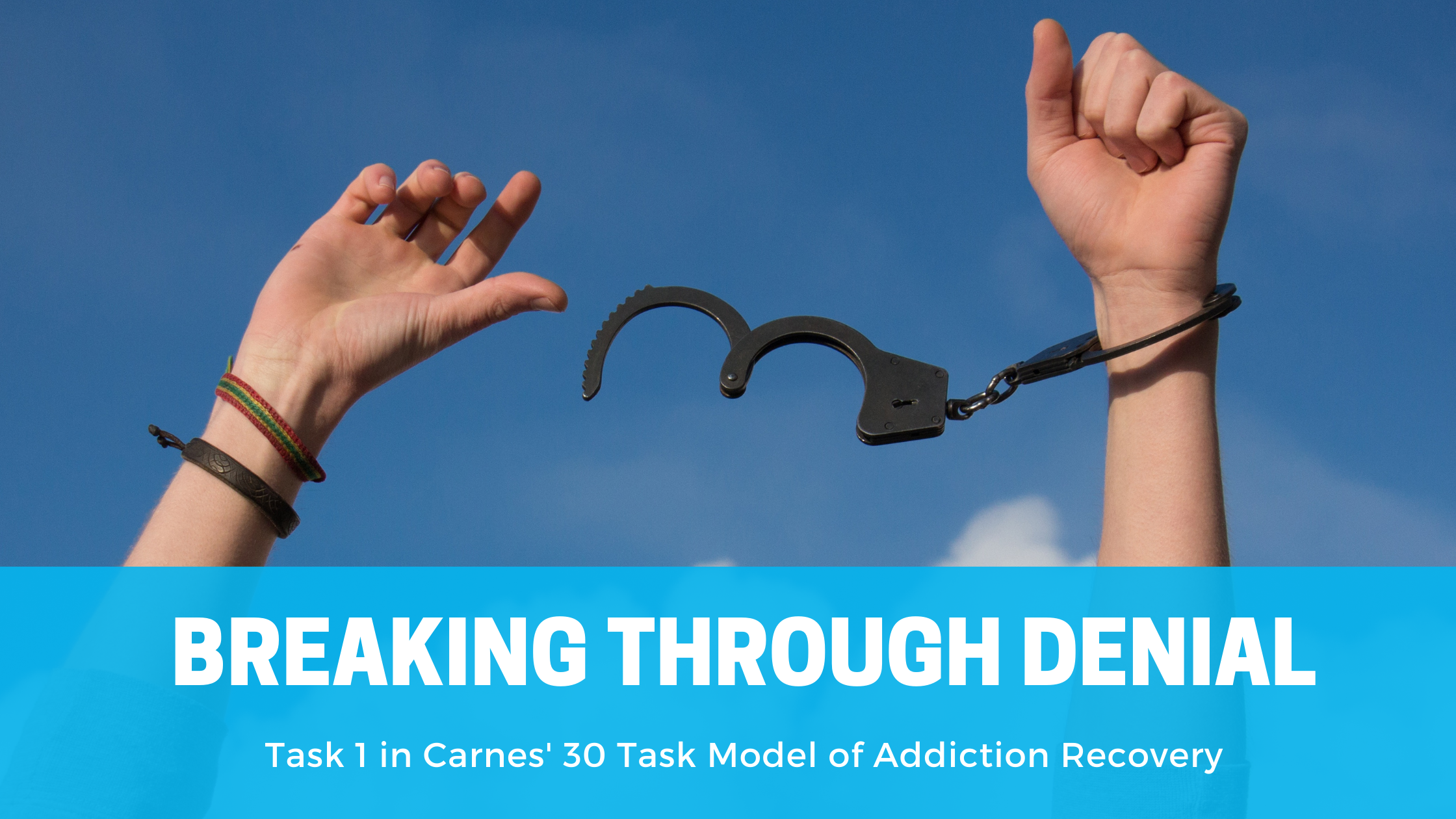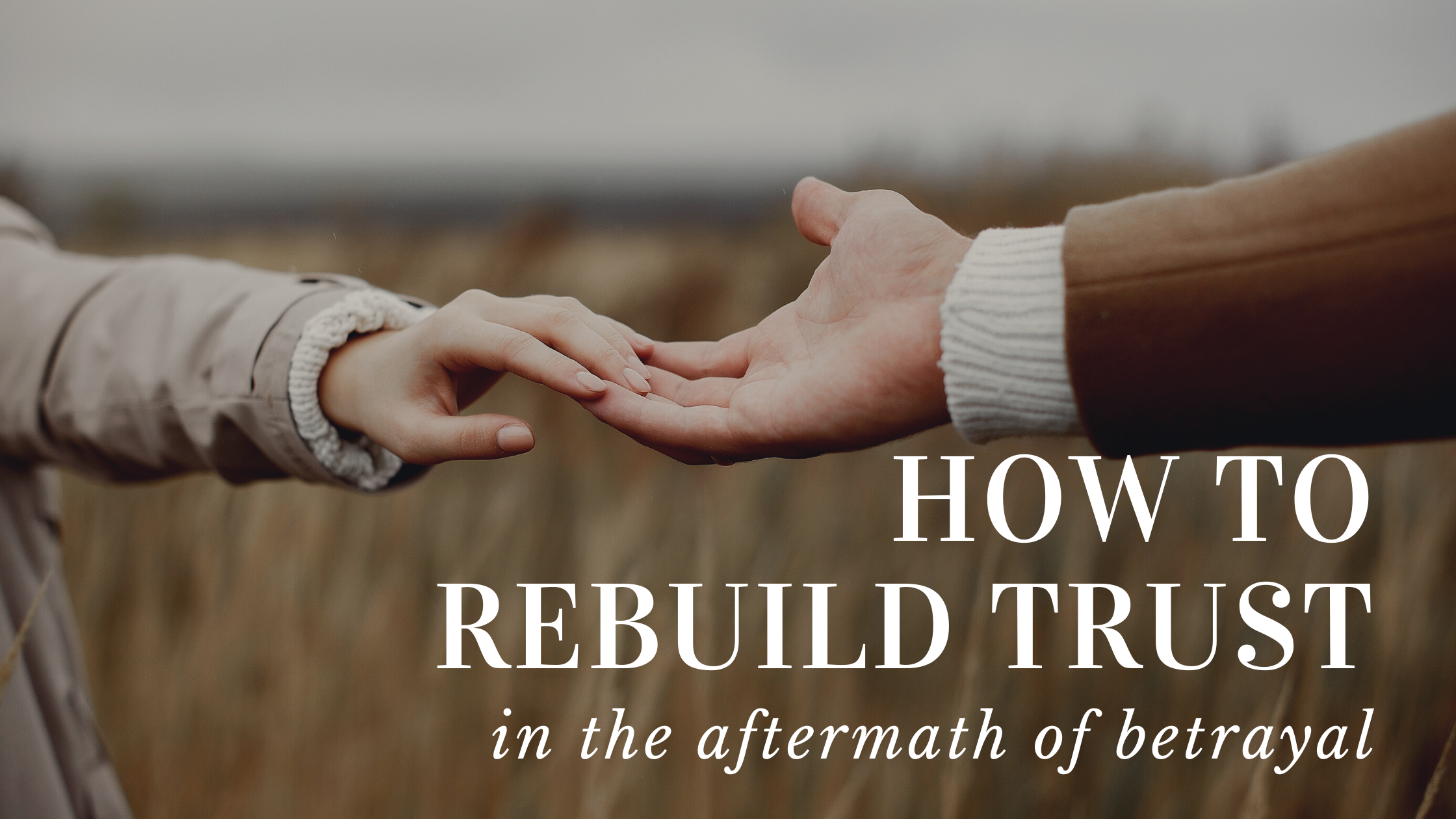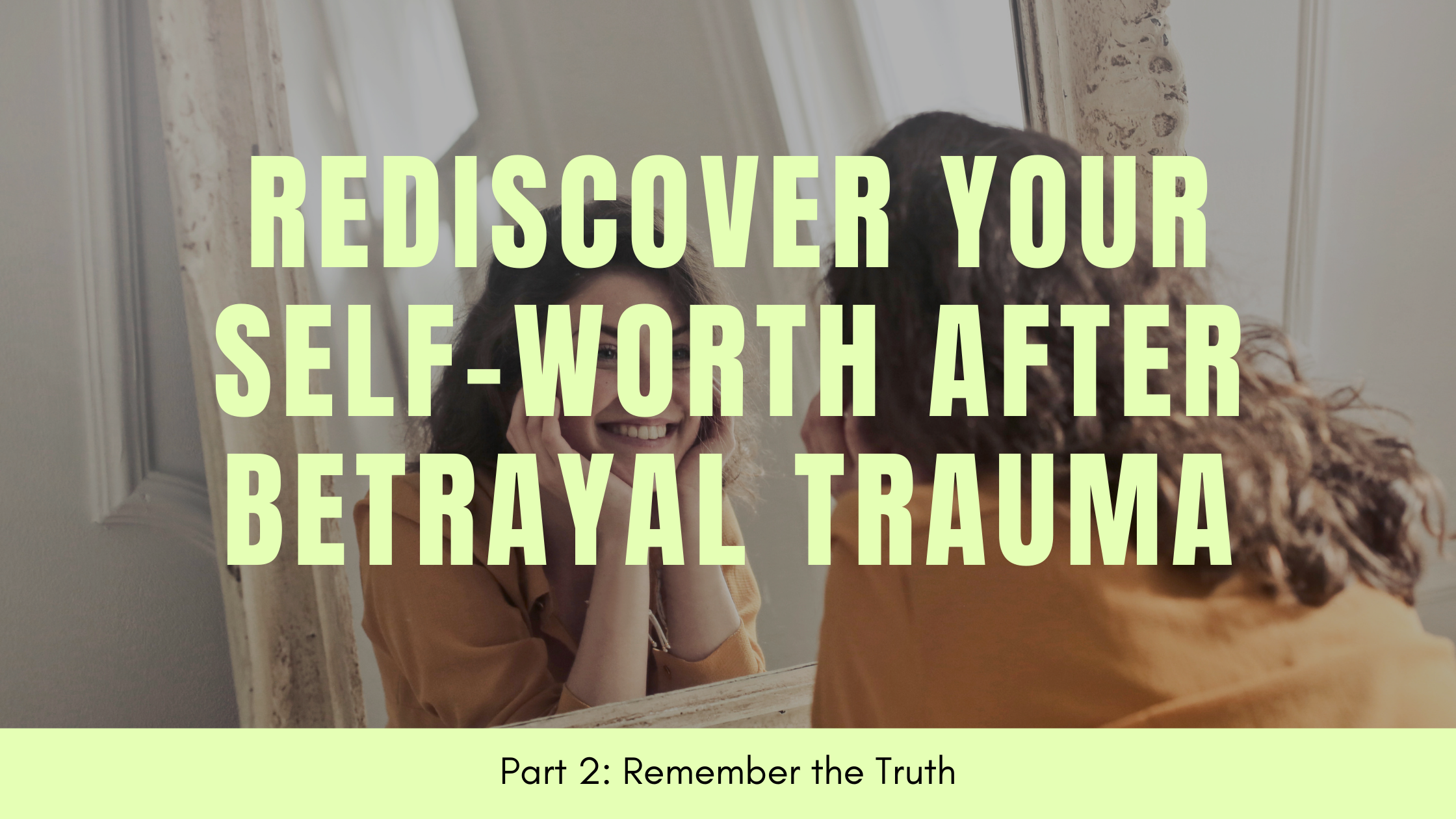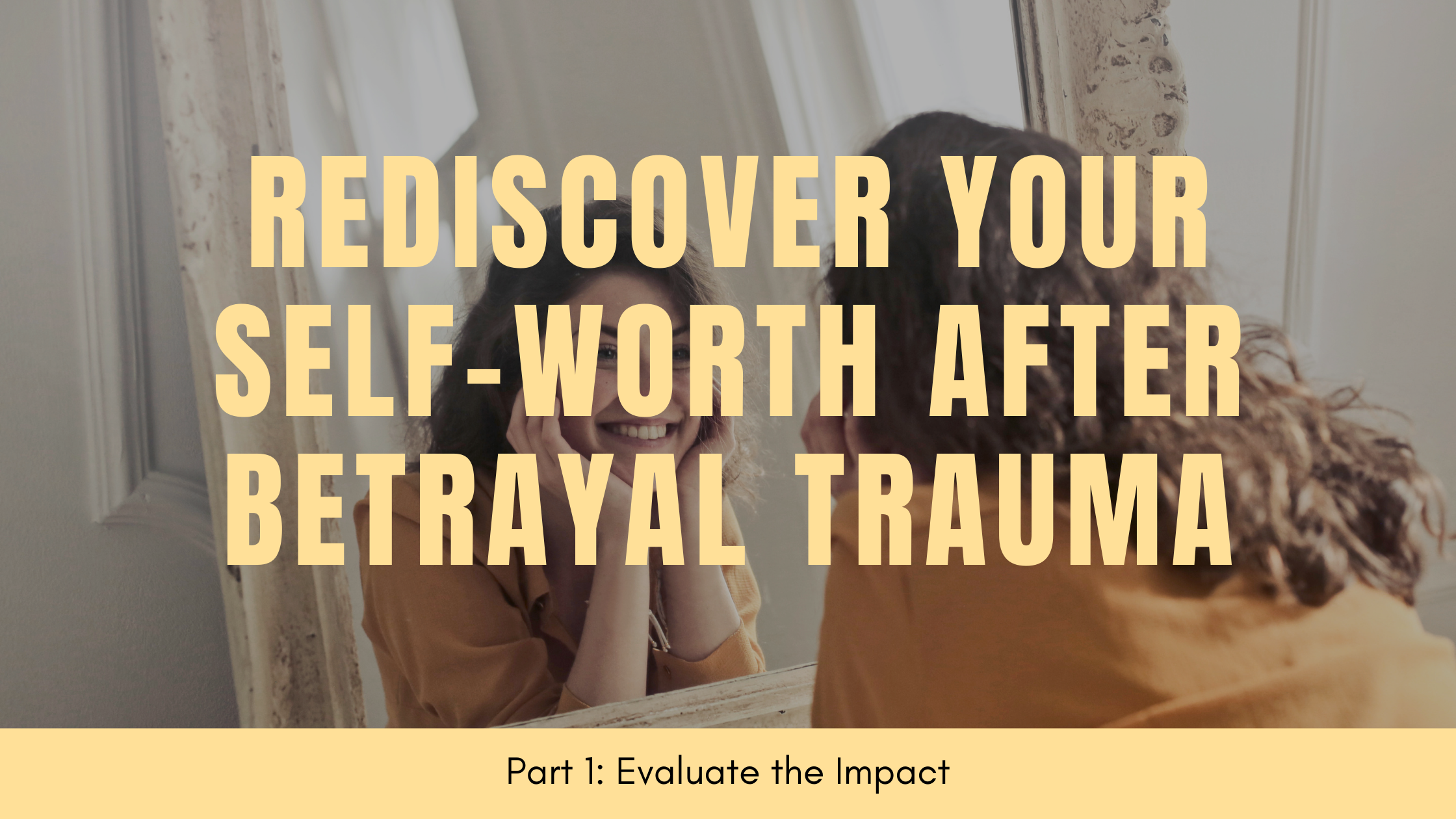The words “codependency” and “codependent” are becoming more commonly used to describe a person who has an intense drive toward people-pleasing, often to their own detriment. Increasing numbers of therapists are advertising themselves as experts on codependence, and individuals are self-identifying with the team more readily. But what does this term mean?
Pia Mellody, the author of Facing Codependence, defines codependence as a series of symptoms that indicate an intense focus on controlling relationships and a lack of awareness of the self, both of which have likely been perpetuated by abusive situations in the past. These symptoms include difficulties with, “experiencing appropriate levels of self-esteem, setting functional boundaries, owning and expressing their own reality, taking care of their adult needs and wants, and experiencing and expressing their reality moderately.”
While codependence is a common topic in addiction recovery circles, I believe that many people, including addicts, recovering partners, and those without an addiction history may struggle with some forms of codependency perpetuated by their experiences in family-of-origin or even in our culture as a whole.
In Betrayed Partners
Codependence has been used synonymously with “co-addiction,” proposed to be the illness partners of addicts experienced as an addiction to their addicted partner. Fortunately, there has been a movement away from this labeling, as it can inadvertently blame the betrayed partner for the addict’s behavior. Yet for many individuals whose behaviors led them to be labeled as “co-addicts,” more subtle forms of codependence were likely at play. Codependence symptoms such as low self-esteem, difficulty moderating emotions, and trouble maintaining appropriate boundaries can all show up in traumatized partners.
While not all betrayed partners are also codependents, the symptoms associated with codependence can exacerbate the experience of pain and trauma of being betrayed. The origins of codependence symptoms originate in family-of-origin trauma and painful experiences in childhood. It may be helpful for partners to explore the symptoms of codependence and discern whether or not they occur and/or have roots in family-of-origin trauma.
In Addicts
Addicts are likely to have codependence as a factor that led them to addiction in the first place. Often addicts have a history of abuse or trauma, which leads to maladaptive coping through addiction. In order to deal with the pain of the past trauma, addicts turn to their drug of choice, masking the intolerable reality of the abuse they experienced. In sex addiction, for example, sexual connection is used to manage this emotional state, which inhibits true intimacy and creates an unhealthy dependence on sexual experiences to feel “okay.”
Symptoms of codependence that are relevant to addicts include difficulty setting boundaries, inability to meet needs and wants in healthy ways, and difficulty owning and expressing their own reality. These can show up in deception and denial. Boundarylessness leads to justification of their actions. Sometimes self-esteem issues can show up as arrogance or grandiosity instead of low self-esteem, which fuels addictive behavior through entitlement and minimization.
What about you?
Do you struggle with codependency? Whether you are an addict or betrayed partner, it may be beneficial to review common symptoms of codependency in a codependency assessment or through reading Pia Mellody’s book Facing Codependence.
Facing Codependence
Pia Mellody’s extensive research in treating codependency, as well as her own experience recovering from it, has equipped her well to share information about codependence and the first steps toward healing. Facing Codependence includes practical information about the disease and wraps up with where to start in recovery. It incorporates awareness of how codependence correlates with addictive behaviors, and how recovery programs can help. She normalizes the experience of codependency through many examples, both personal and clinical.
Often one of the hardest tasks for codependents is facing up to their past. One element that they find challenging is labeling parents’ or others’ behaviors as “good” or “bad.” However, Mellody’s facilitates this exploration through encouraging the label of “functional” and “dysfunctional” behaviors instead. She also addresses misgivings people have about calling their parents to account for their mistakes because they need to defend or minimize their own mistakes with their children. Instead, Mellody tells codependents that the best gift they can give their children is working their own personal recovery, and that without acknowledging their own hurt, they will be unable to create lasting change in their families.
“In a functional family the members know that EVERYBODY is imperfect.”
While this book doesn’t get into a full recovery program, it does offer some beginning steps and points toward an additional resource Mellody has put out, a companion workbook called Breaking Free.
Why I Recommend This Book
More comprehensive review of symptoms of codependence
As listed earlier, the symptoms of codependence include difficulty with appropriate levels of self-esteem, setting boundaries, owning your own reality, meeting wants and needs appropriately, and expressing reality moderately. Mellody gives deeper descriptions of these symptoms with in-depth explorations of their consequences and origins. She also explores experiences that hint at these symptoms, such as high intensity of emotion or complete lack of emotion, as signs of codependence.
Understanding these symptoms can be incredibly normalizing for you, as you explore how they developed and know that you are not alone in facing them.
Includes less-than-nurturing experiences
To further normalize your experience, Mellody broadens the definition of abuse to include any “less-than-nurturing” behavior your family or others may have displayed. This helps those who haven’t had any serious or extreme abuse understand the presence of their codependence symptoms. Mellody includes not only signs of overt abuse, but also neglect or other covert abuse behaviors that may have been at play.
For many people, taking a critical look at their family-of-origin and harm they may have experienced is nearly impossible, as they prefer to believe they had a “normal” or “good” childhood. This is where the language of functional and dysfunctional behaviors comes in handy, rather than labeling them as “good vs. bad” behaviors.
“...looking at our histories, identifying the specific incidents about which we had our original overwhelming feelings, and finding a way to own and release those feelings can bring freedom from the sabotaging cycle that makes our lives so unmanageable and painful.”
Prepares you to explore your own history
In advance of outlining various types and examples of abuse, Mellody warns the reader about defense mechanisms that arise to protect against facing up to the reality of what happened to us. Exploring these defense mechanisms first encourages more openness to understanding where your story fits within these categories.
She names and defines such defenses as denial, minimization, repression, and dissociation and expresses how they protect you from facing the realities of your past. This prepares you to delve into your own history with awareness of how you might protect yourself against looking at the truth.
Encourages exploration of your story
Mellody describes five different categories of abuse: physical, sexual, emotional, intellectual, and spiritual abuse. In these chapters, she gives a variety of examples and invites you to consider your own experience in comparison. She emphasizes the need to explore this history, not as a way to dump all the blame onto your past, but to allow parents or caregivers to be accountable for their actions, as well as encouraging your own accountability for present-day behaviors.
Mellody identifies how these less-than-nurturing experiences have influenced your feelings of shame, motivated by what she calls the “shame core.” Shame can be helpful in that it reminds us of our imperfections and fallibility. But when caregivers act in shameful or abusive ways toward children and don’t take accountability for those actions, they can pass along that shame as “carried shame” into children, leading to repetition of abusive patterns.
An interesting claim Mellody asserts is that all abuse is spiritual abuse because of the impact it has on relationship with God, or a Higher Power. For those who are Christian, this can be an eye-opening experience of why it has been difficult to trust God or believe certain truths about Him. Also, for those in recovery, it can explain why surrendering to a Higher Power feels impossible.
First steps to recovery
In the last chapter of the book, Mellody lays out some basic, practical tools to get started in your recovery journey. These early steps include such actions as getting involved in a 12 Step group, finding a sponsor, working the 12 Steps, and finding a counselor with an understanding of codependence. While this isn’t a comprehensive recovery plan, she does point to the companion workbook Breaking Free to provide a more in-depth approach.
Getting involved in a supportive recovery community and using resources to work through the 12 Steps can help you put action steps into practice that will actually change your experience. This will allow you to begin to set healthy boundaries, which are essential to recovery from codependency. Your work in these groups will also encourage and help you to look for ways to re-parent yourself so that you can change the ingrained patterns of thought and behavior from the trauma.
Pia Mellody’s Facing Codependence is a great starting point that I would recommend to identify and begin to explore your own codependence, as well as point you in the direction of some tools and resources to continue on your journey of healing.



















